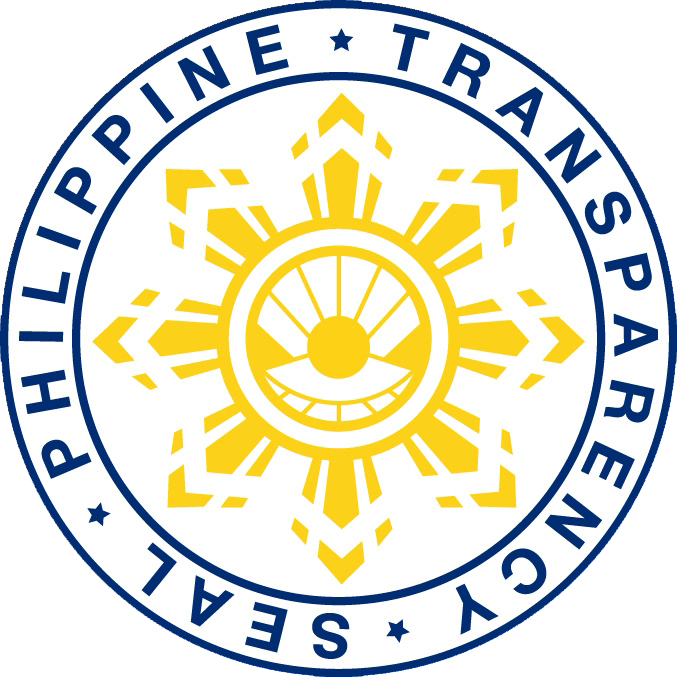Palawan is considered “the last frontier” of the Philippines; in light of this, the province receives special attention from the national and international community. Despite this, there are still numerous issues that need to be addressed, including illegal burning activities. Based on reports and satellite image analyses, slash-and-burn (kaingin) farming is pervasive in Palawan. Burned areas are easily detected from optical satellite images using the Normalized Burn Ratio (NBR) or similar indices. However, the usefulness of optical imagery is severely limited by persistent cloud cover, especially in upland areas where kaingin is commonly practiced. This study focuses on the utilization of Sentinel-1 SAR data in monitoring the burned areas due to its ability to penetrate clouds, smoke, and haze. Radar burn and vegetation indices such as Radar Burn Difference (RBD), Radar Burn Ratio (RBR), Radar Vegetation Index (RVI), and Radar Forest Degradation Index (RFDI) were used to detect the burned areas. These were then cross-validated with the NBR layer. RBD index yielded better results compared to other radar burn and vegetation indices in mapping the burned areas. Additionally, the RBD using the VH polarization band provided detailed delineation of burned areas than that using the VV polarization band. In the operational monitoring of burned areas, the synergistic use of burned indices from optical and SAR images is recommended.
Notice to the Public

PhilSA warns the public against individuals who present themselves to be personnel or officials of the Agency in an attempt to solicit money from a supplier/s as a prerequisite to award a procurement project. Click this link.


